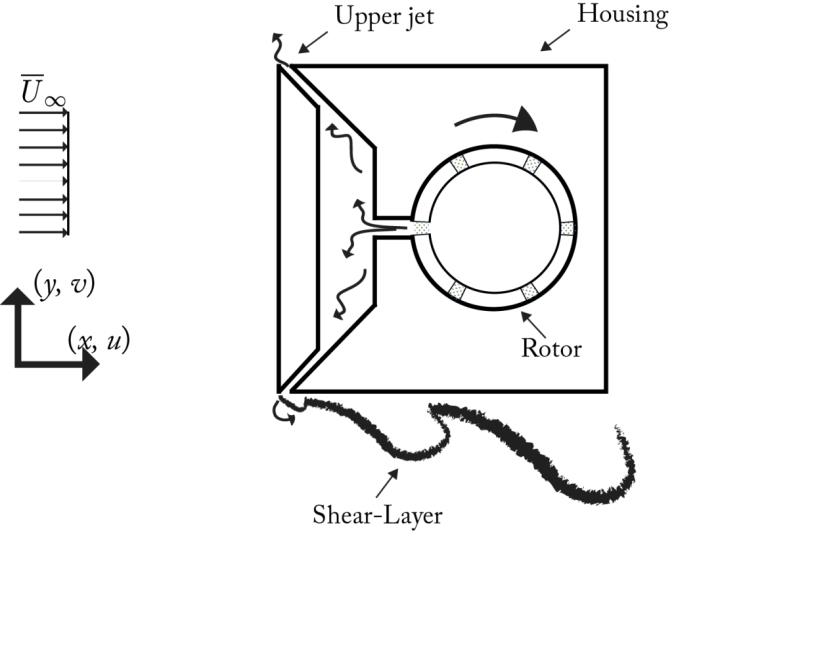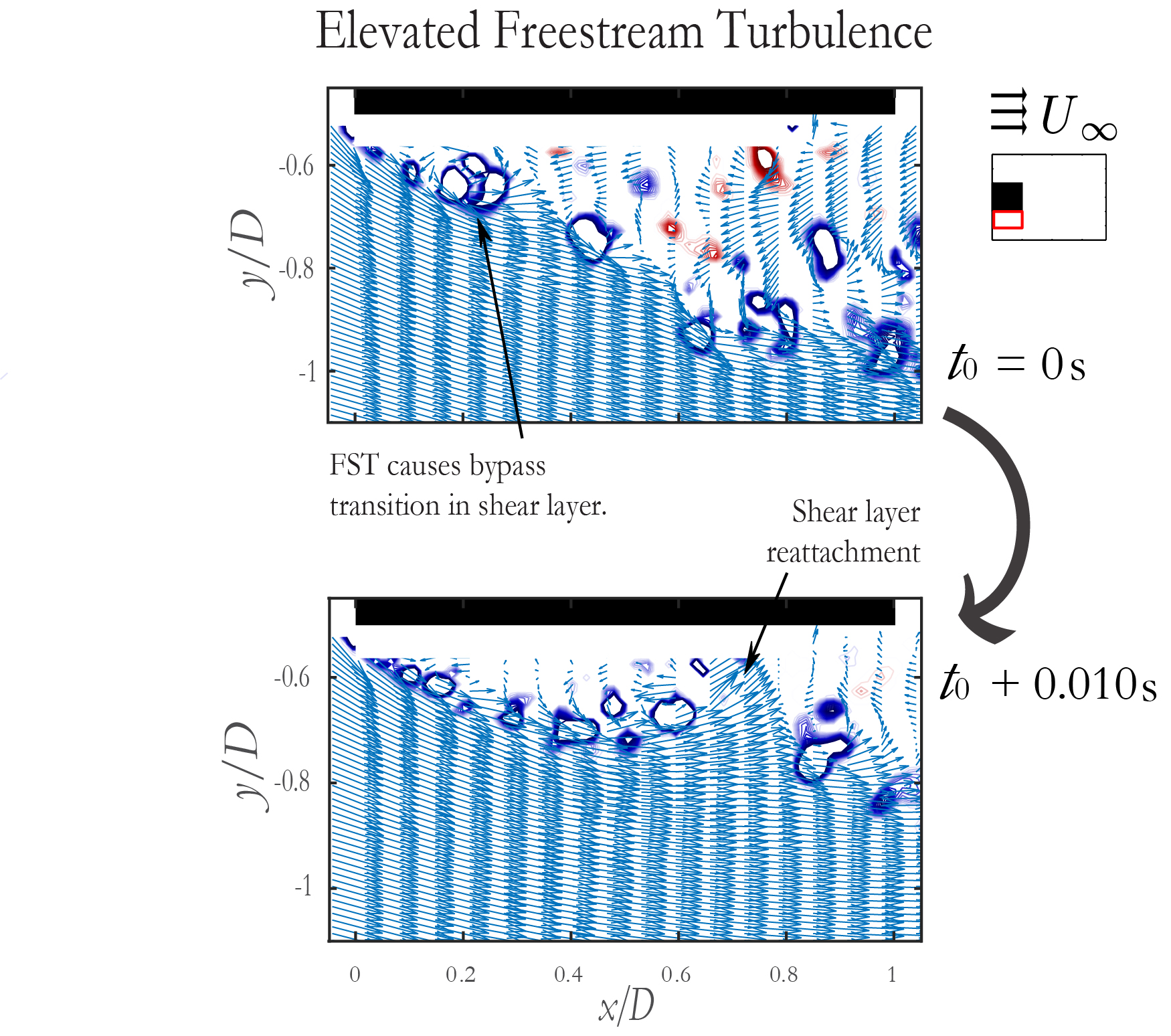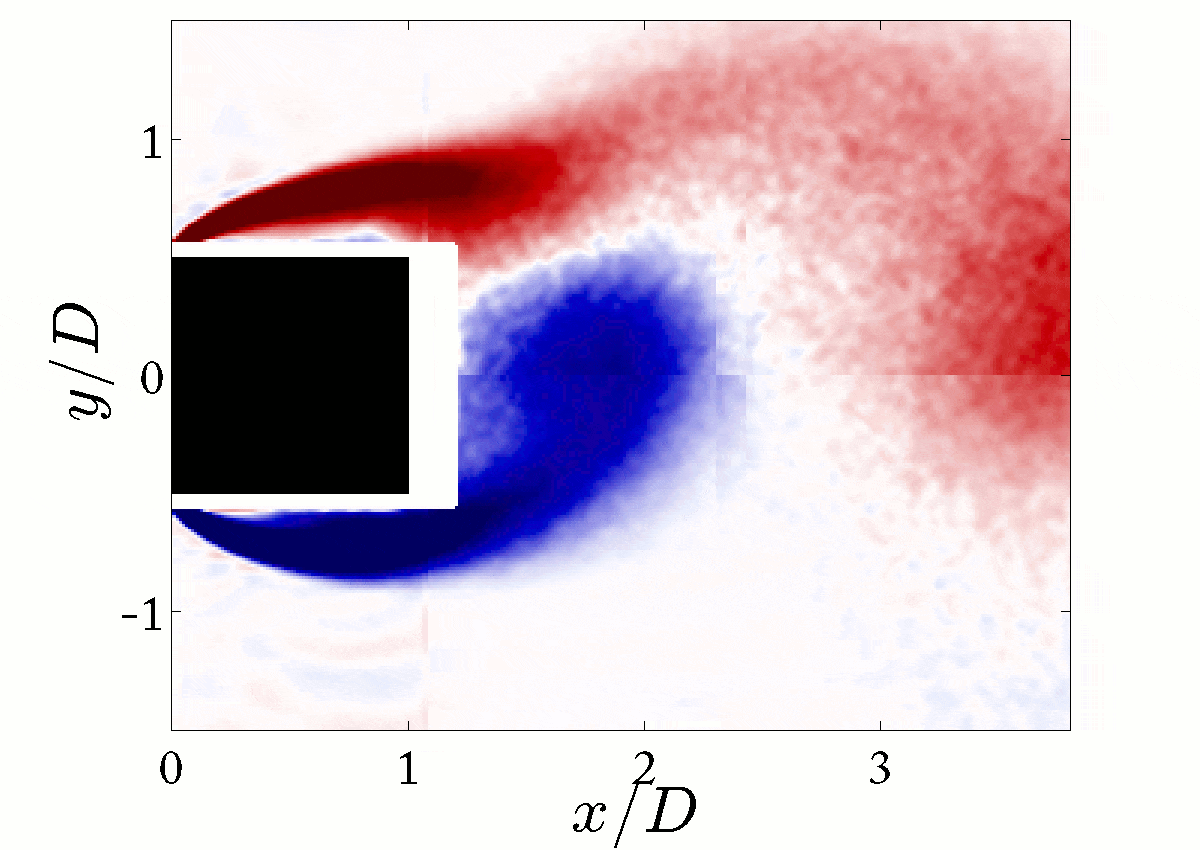smallInstQ.gif
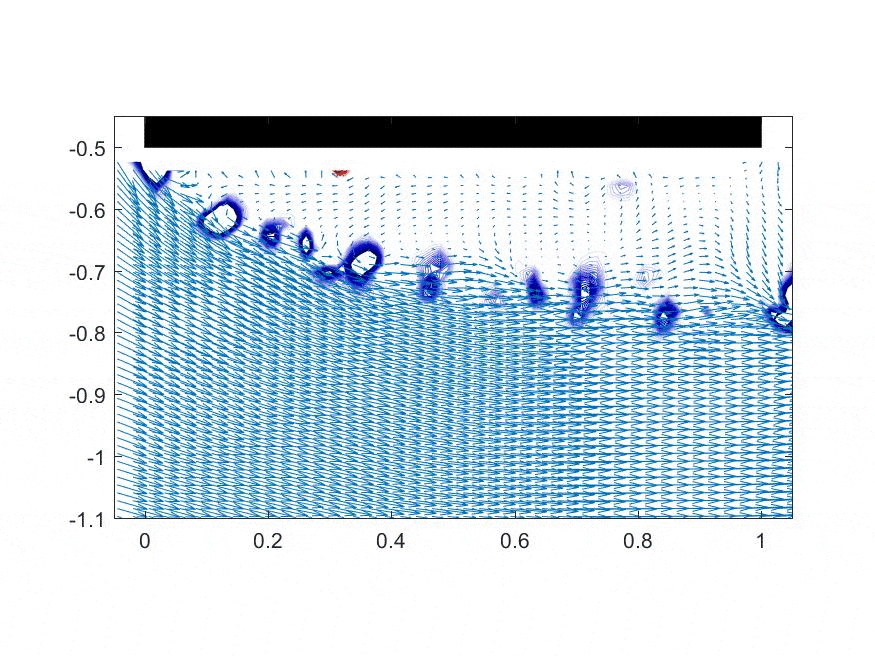
smallPhaseAveShearlyaer.gif
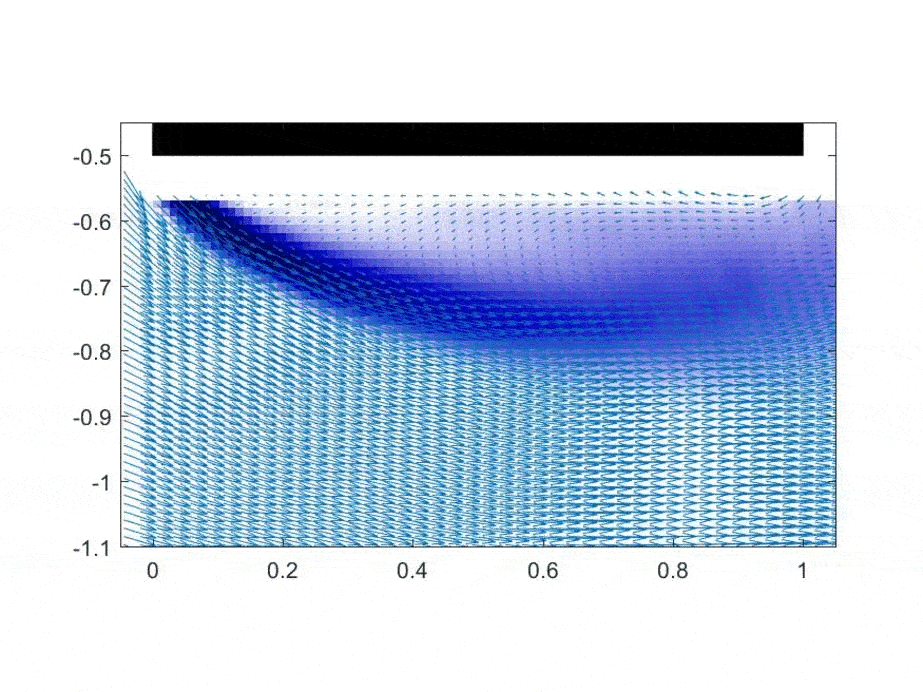
This project investigates the use of active flow control on square bluff bodies relevant to tall buildings. The research seeks to ameliorate the unsteady loading by controlling the formation and development of the von-Kármán vortex street, which is known to be the cause of undesirable building motion. More specifically, a fluidic jet is periodically excited at each of leading edges of a square prism where the shear layers separate and evolve into the large-scale vortex shedding in the wake. Thus the perturbation influences the evolution the shear layers, which in turn, influences the formation and growth of the larger fluid structures. This research additionally aims to explore the effectiveness of this control technique in the presence of high levels of freestream turbulence. To this end, an additional experimental campaign was conducted which aimed to understand the influence of small scale freestream turbulence on the development and evolution of the bluff body shear layers separating from a square prism. This work observed a link between the altered dynamics of the shear layer transition (a bypass transition) and the formation of the von-Kármán vortex street shedding.
